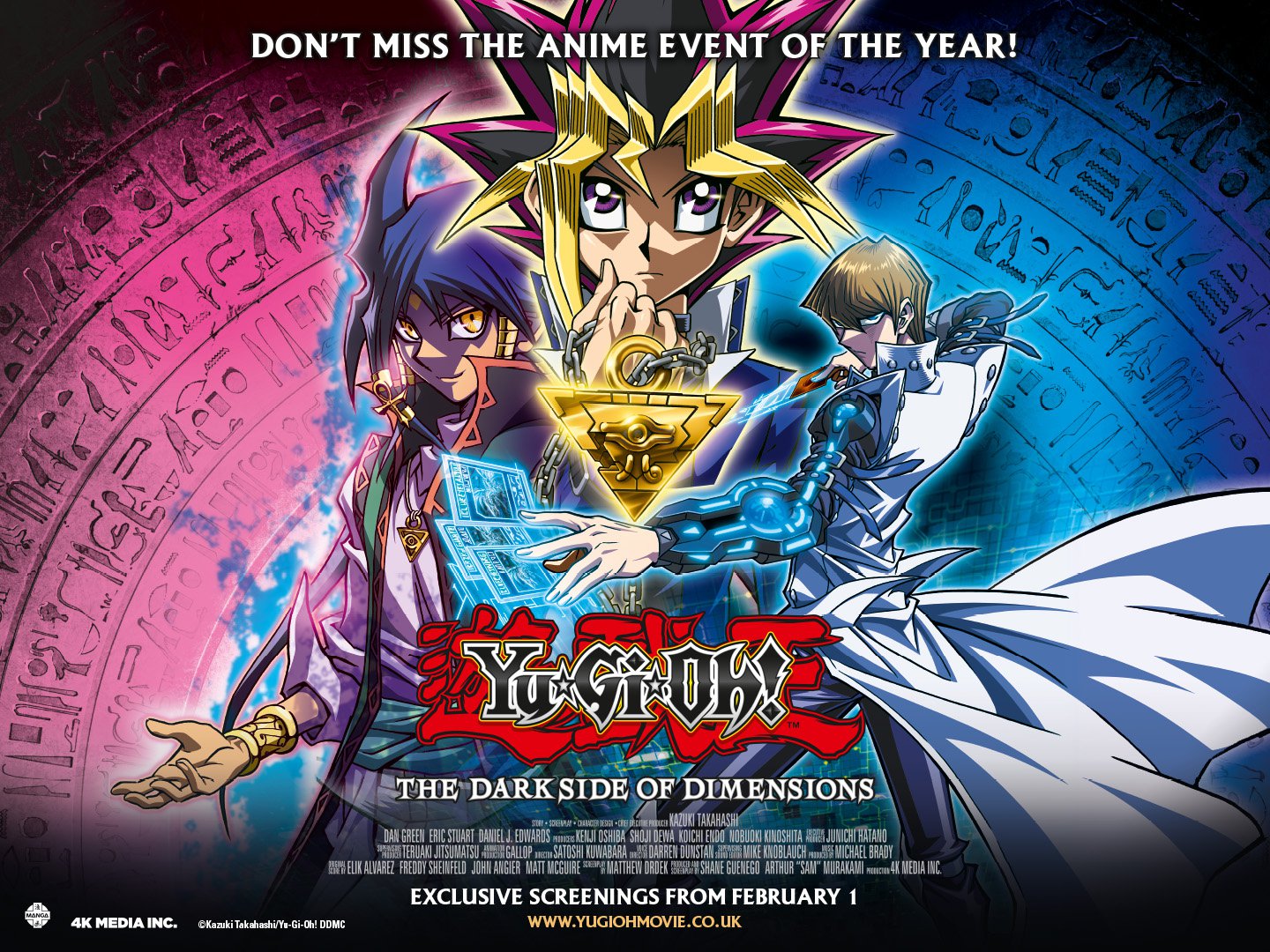

Bonfires of large logs burned during the new year observance and were the forebears of the Yule Log of today.ĥ) It was into this pagan setting that Christ was born. The light and heat of fire was also considered helpful magic. The Celts attributed miraculous healing powers to mistletoe. Because of the interminably long nights in the far north, these northern peoples relied heavily on magic symbols and charms: holly, pine, bay, spruce, laurel, ivy, fir, etc. This led to a time of meat-curing and opportunity to invite neighbors in for a feast and to give thanks for the past year and pray for the next. Woden fought against the giants of the earth and underworld.Īs winter approached, livestock had to be thinned out so as not to deplete the winter food supplies that had been stored. The Norse god was Woden, (Oden in Scandanavia), a giant warrior who rode a swift, eight-legged horse. As time went on, the prescribed religious ceremonies became less and less important and the eating and carousing became the norm for the celebration.Ĥ) At the same time, the Celtic and Teutonic tribes in far north had developed gods and rituals of their own to assure protection and assistance in the new year. Saturn was the god of the harvest so his festival concentrated upon feasting, giving thanks for earth’s fruitfulness, and offering prayers for continued abundance. Saturnalia was much less grim and serious that Zagmuk. Saturnalia had Roman houses decorated with evergreen boughs. Evergreens, since they refused to die in the winter, were a mighty symbol of life and strong protection against anything that would destroy. Instead they preferred to keep them at bay with magic charms and incantations. The Roman mythology surrounding their gods made no attempt to fight with gods of the underworld.


Candles representing the sun’s returning power were the main symbol of the day.ģ) Rome adapted the already extant customs of Zagmuk, and combined them with their own festival called, Saturnalia (celebration of Saturn, god of the harvest). It was also Mithras’ birthday, thus Romans observed a special ritual on December 25 th, the Sol Invictus (literally, “the Invitation to the Sun”), for the sun’s replenishment. According to the Roman calendar, December 25 was the day the sun reached its weakest point and began to regain its strength. Our present day New Year’s resolutions likely stem from this practice.Ģ) The chief influence of Mesopotamian religion upon Greece and Egypt was through a sun-worshiping cult developed by the Persian prophet, Mithras. People built their plans for the coming year around fortune predictions. Magic incantations for health and prosperity became part of the Zagmuk celebration. He increasingly controlled the fate of humans and ordained their destiny. As the Mesopotamian civilization grew older, Marduk’s character changed. Persians and Babylonians followed the traditions of Zagmuk, adding a few of their own touches. Zagmuk celebrations included mock battles dramatizing the underworld struggle with the demons of Chaos bonfires blazed and wooden effigies of Tiamat were tossed into them processions of masqueraders danced and rioted through the streets good wishes for the new-gained year passed from friend to friend gifts were exchanged and everywhere, shouts of thanksgiving and praise rose to Marduk, the deliverer. After his death, the king was to accompany Marduk and fight by his side for the new year. Zagmuk lasted 12 days and began with the people purifying themselves from the sins of the past year by transferring all sins to theSumerian king, who was to die for their atonement. Chaos was closing in to take revenge for Tiamat’s death, or so they believed.Īn elaborate festival, called Zagmuk, was established to persuade Marduk to return to the underworld and battle Chaos for another cycle of seasons. Marduk won but the earth required rejuvenating periodically when vegetation withered and died, and leaves fell from the trees, the world was running down. Marduk killed her and fashioned the world from her corpse. 2012)ġ) Sumerian Civilization about 4000 years ago, Marduk, chief God of Sumer engaged in a titanic battle with Tiamat, goddess monster of underworld kingdom of Chaos.


 0 kommentar(er)
0 kommentar(er)
